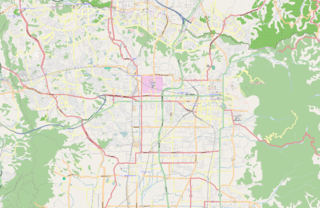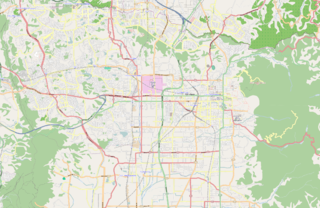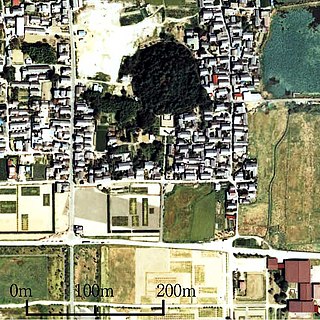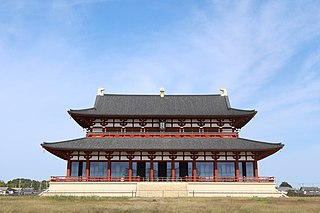Self-guided Sightseeing Tour #10 in Nara, Japan
Legend
Guided Free Walking Tours
Book free guided walking tours in Nara.
Guided Sightseeing Tours
Book guided sightseeing tours and activities in Nara.
Tour Facts
2.5 km
44 m
Experience Nara in Japan in a whole new way with our free self-guided sightseeing tour. This site not only offers you practical information and insider tips, but also a rich variety of activities and sights you shouldn't miss. Whether you love art and culture, want to explore historical sites or simply want to experience the vibrant atmosphere of a lively city - you'll find everything you need for your personal adventure here.
Activities in NaraIndividual Sights in NaraSight 1: 佐紀石塚山古墳

The Saki Ishizukayama Tomb is an ancient burial mound located in front of the Imperial Tomb in the town of Yamaryo, Nara City, Nara Prefecture, Japan. The shape is an anterior-posterior mound. One of the burial mounds that make up the Saki Shield Row Tombs.
Sight 2: 佐紀陵山古墳

Sakiryozan Kofun is an ancient burial mound located in Sanryo Town, Nara City, Nara Prefecture, Japan. The shape is an anterior-posterior mound. One of the burial mounds that make up the Saki Shield Row Tombs.
Sight 3: Saki Shrine
Sight 4: Nara Palace Historical Park
Heijo Palace is the inner part of Heijo Kyoto. In December 1998 (Heisei 10), it was registered as a World Heritage Site along with Todaiji Temple as a "cultural property of the ancient capital of Nara" (the first archaeological site in Japan).
Sight 5: Tomb of Emperor Heijo

Ichiiwa Kofun is an ancient burial mound located in Tsukamoto, Saki-cho, Nara City, Nara Prefecture, Japan. The shape is an anterior-posterior mound. One of the burial mounds that make up the Saki Shield Row Tombs.
Share
How likely are you to recommend us?
Disclaimer Please be aware of your surroundings and do not enter private property. We are not liable for any damages that occur during the tours.
GPX-Download For navigation apps and GPS devices you can download the tour as a GPX file.
